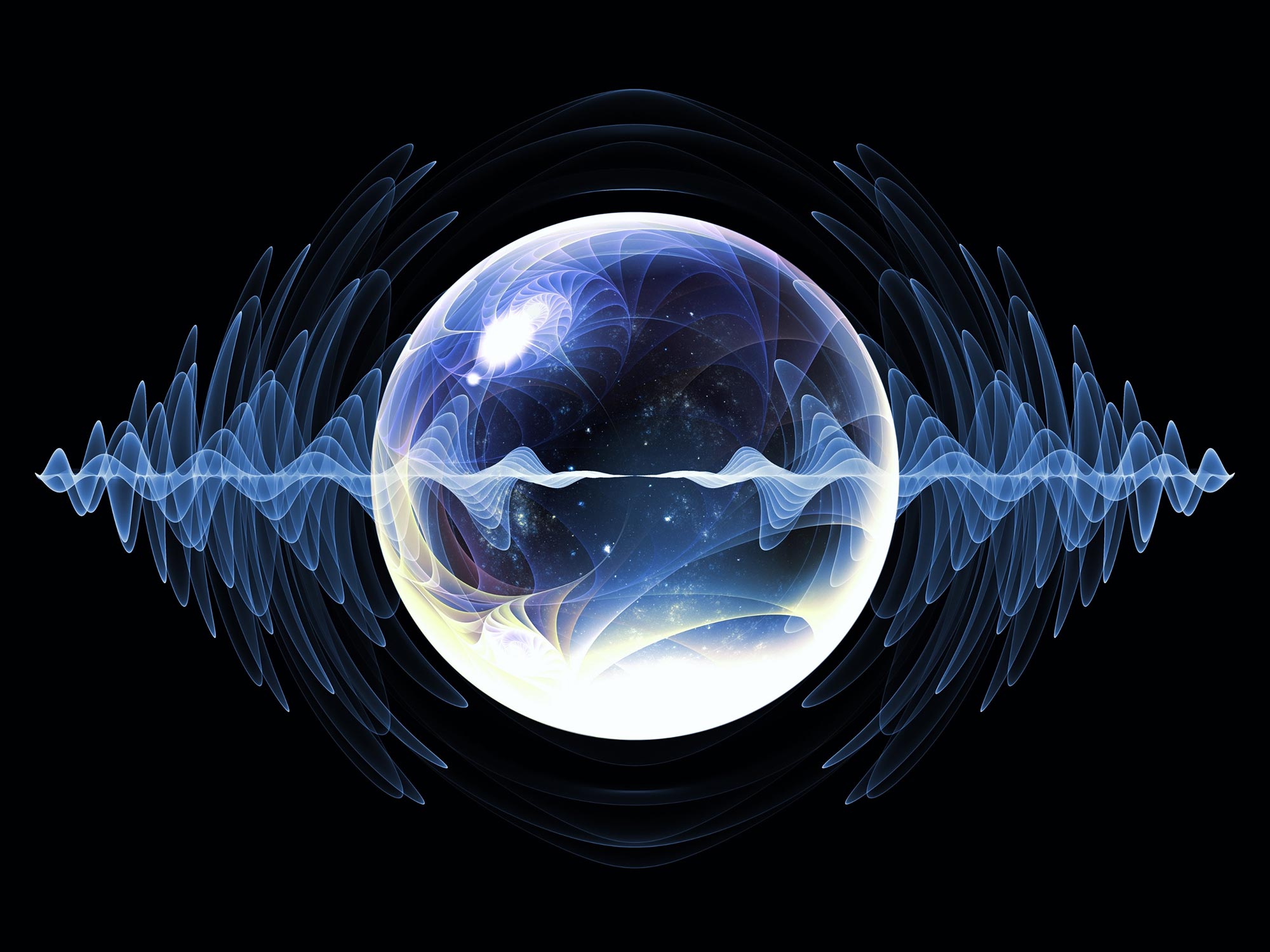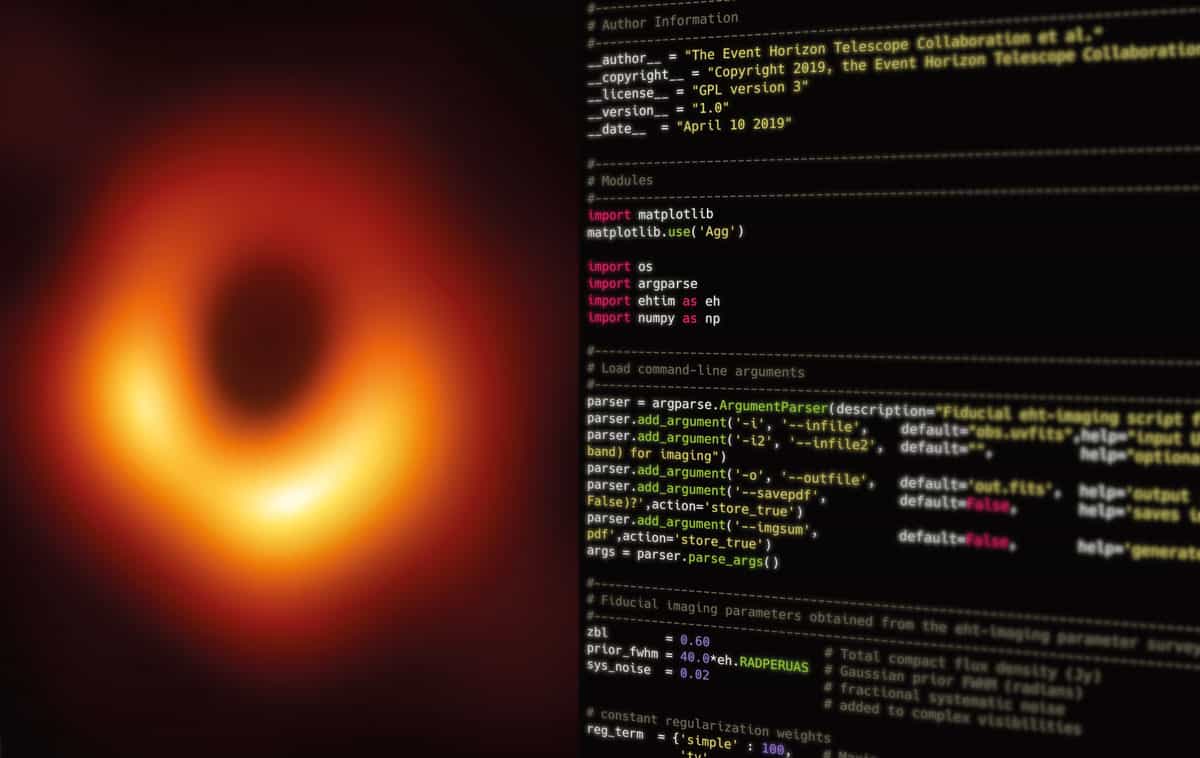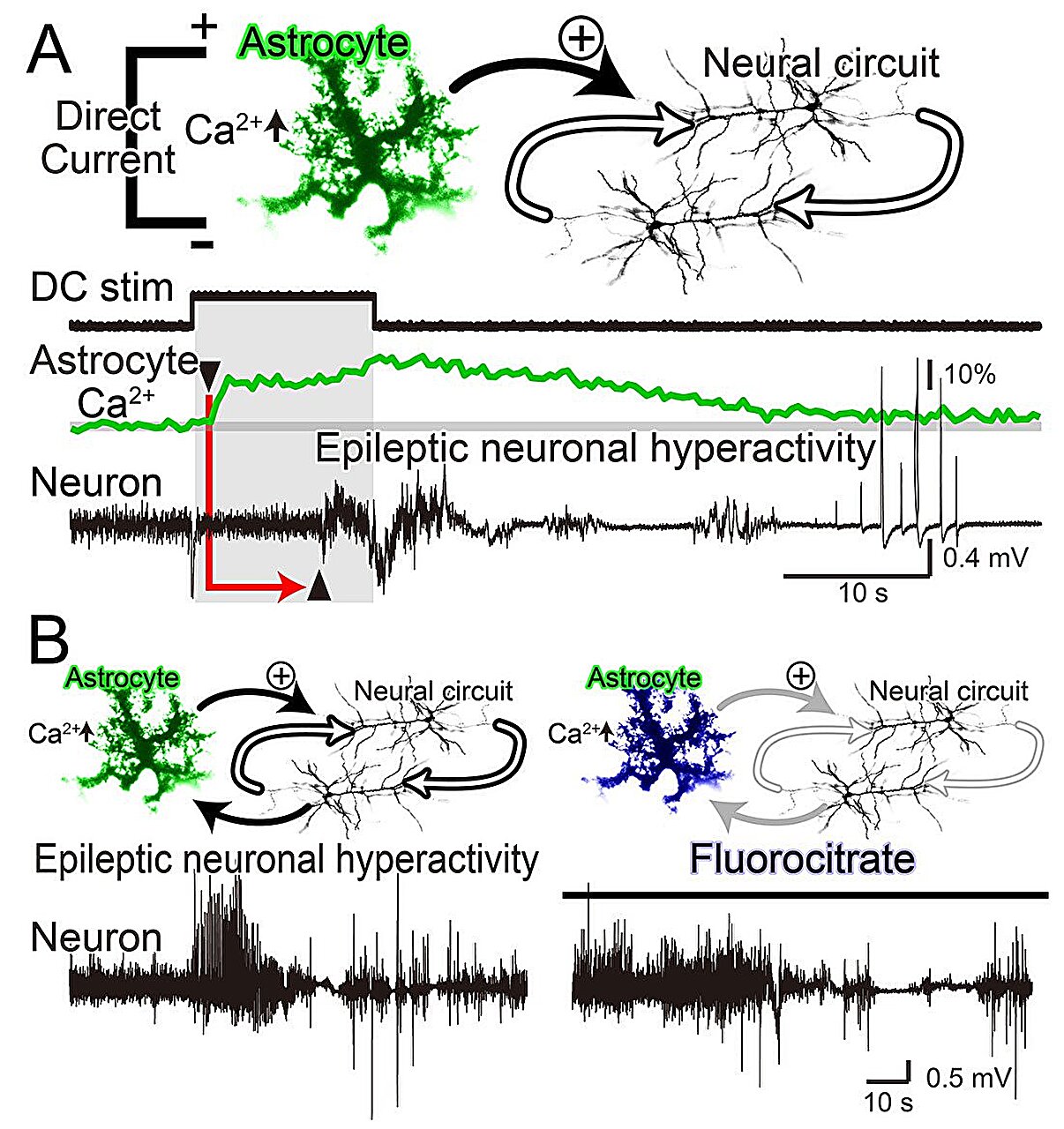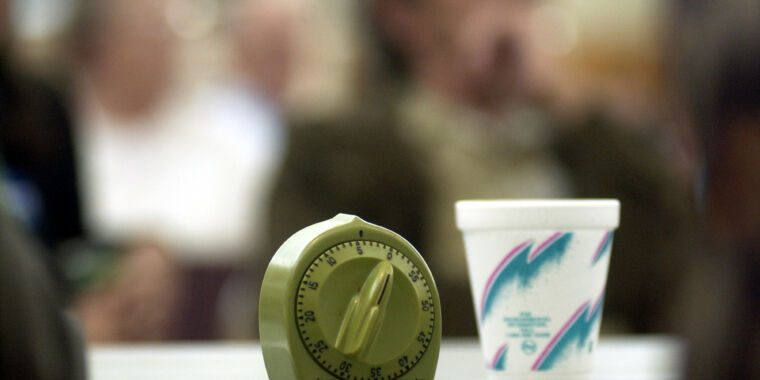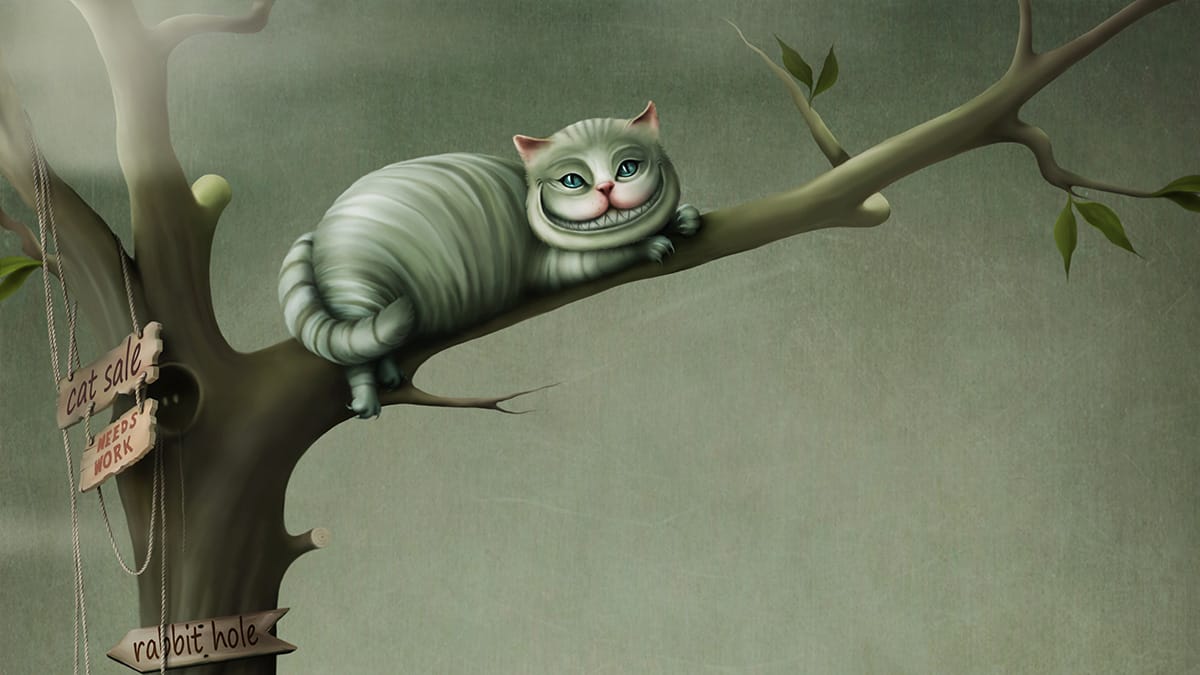
Quantum Cheshire cats could have a travelling grin – Physics World
Since its inception, quantum theory has presented us with many strange and seemingly paradoxical phenomena. One of the oddest examples is the quantum Cheshire cat effect, in which properties of quantum objects become disembodied from the objects themselves. Now, two of the researchers who predicted the effect have shown that it is even weirder than they first thought: not only can quantum properties become detached from their parent objects, these properties can also move of their own accord and interact with distant regions even if the object itself never travels there.
The concept of a quantum Cheshire cat was introduced in 2013 by a team of researchers from Israeli and UK universities who took their inspiration from the eponymous disappearing cat in Lewis Carroll’s novel Alice’s Adventures in Wonderland. Just as Carroll’s Cheshire cat can vanish at will, leaving nothing but a grin behind, a quantum particle may become completely separated from its own properties. While the idea may seem outlandish at first, the effect has since been demonstrated experimentally by separating a beam of neutrons from their magnetic moments.
In the latest development, two authors of the original paper, Yakir Aharonov of Tel Aviv University and Sandu Popescu from the University of Bristol, teamed up with Eliahu Cohen of Bar Ilan University to imagine a box with a spin-½ particle in it. If they measure the spin of such a particle along any of three axes in space, they will find it to be pointing in one of two directions: up or down, left or right, forward or back. The box has a partition in the middle (indicated by the yellow line in the figure below), and this partition has an infinitesimal probability of allowing the particle (represented by the red crest) to pass through. The box’s right wall, meanwhile, is transparent if the particle’s spin points up; otherwise, the particle will bounce back. The right wall is also the only place that can affect the particle’s spin; in physical terms, it could be realized with a magnetic field oriented along the up-down (z) axis.

